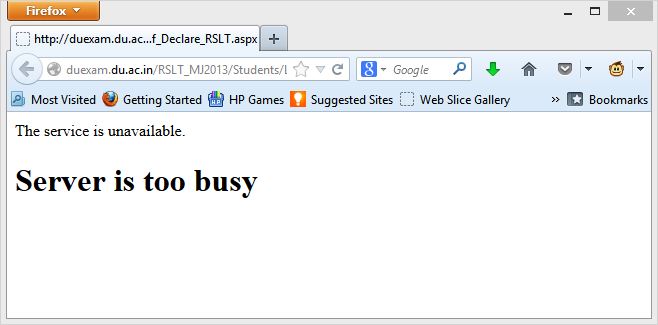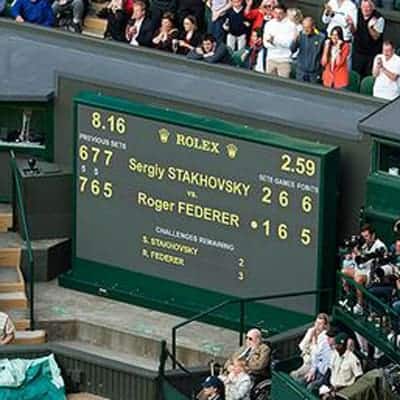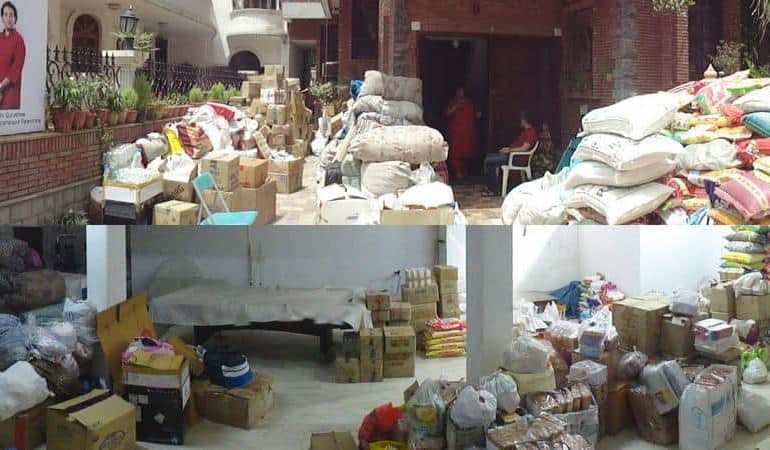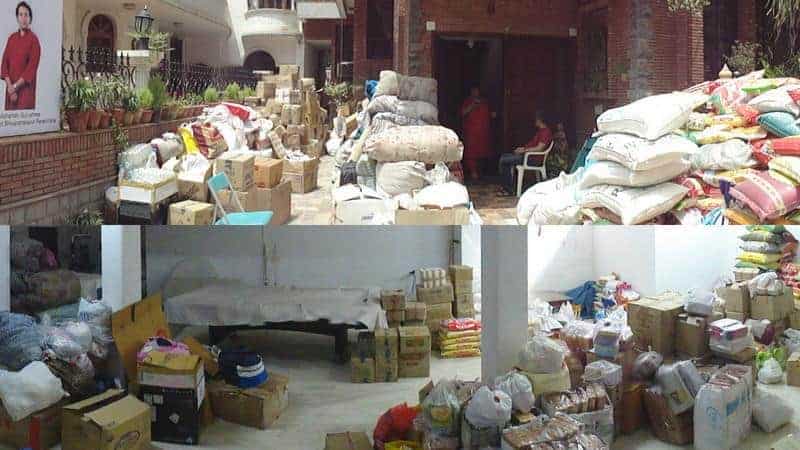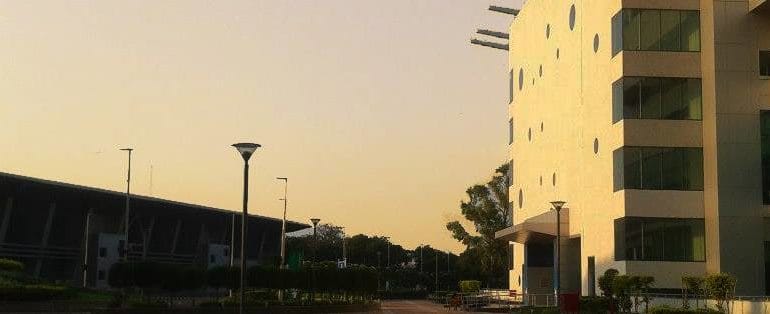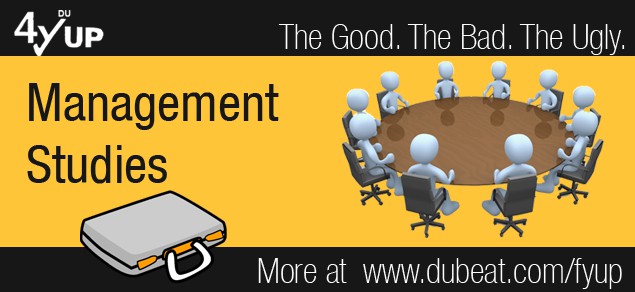While BMS aspirants wait for the result of the entrance, we take a look at what you can expect out of the four year undergraduate programme in Management Studies.
BMS or Bachelor of Management Studies replaced three courses i.e. Bachelor of Business Studies, Bachelor of Business Economics and Bachelor of Financial and Investment Analysis. Under the FYUP, the course is now overlooked by the Faculty of Management Studies, Delhi University, a reputed institute for management education. However, studying BMS for a year will make you realize that the Faculty of Management Studies has nothing to do with it apart from its sole contribution being the redesigning of the syllabus and the scrapping of the interview that was followed earlier in the admission process.
BMS, like the three courses it replaced, is a course that is meant for students who wish to go beyond theoretical education. Since the admission is based on the Board marks, the entrance exam, it gives students an opportunity to study at reputed colleges in DU, even if their Board marks are on the lower side.
Here’s a look at some aspects of this relatively new course:
Syllabus
The syllabus for BMS is very similar to that of BBS, with certain elements from the syllabi of BBE and BFIA like Basic Econometrics and Financial Modeling and Derivatives added to it.
Some topics, which were earlier simply a part of subjects in the 3 courses, are now full fledged papers under the new syllabus like Database Management System and Consumer Behaviour. BMS students will have to study a language under the new syllabus as an Applied Course.
Students can choose from the following subject areas for their DC II papers: Finance, Marketing, Human Resource Management, Management of Services, Management of Global Business and Tourism Management.
On one hand, this is a plus because the students have more choices now, as the old courses had less number of options for specialization. Moreover, students can choose a DC II paper from their second year. This gives the students an added advantage of studying a specialization subject for three years which was previously taught for only a year (final year).
However, though initially these six courses were meant exclusively for the students pursuing BMS, Delhi University revoked its decision and made it available for the students pursuing any course subject to the guidelines mentioned here. Therefore, the exclusivity that students pursuing BBS/BBE/BFIA had of specializing in a subject has been taken away from the course.
A bonus year
An extra year for BMS students, brings with it various opportunities. The 3 courses it has replaced have always laid emphasis on extra curricular activities. Students can intern for another summer and try their hand at working in different industries, start ups, NGOs and so on. Apart from that, it is another year full of B Plan competitions, Mock Stocks, B Quizzes etc. Those who wish to take up this course are usually inclined towards gaining practical exposure. With a bonus year, students can apply themselves in a much better way and hone such skills. Additionally, a student graduating after 4 years will be awarded an Honours degree, though 2 of the earlier courses were not Honours courses.
The exit options
The exit options might prove to be a boon for those students who aspire to be entrepreneurs. They can finish their graduation in 2 or 3 years and use the knowledge acquired to set up a business. This route is not for the faint hearted, of course. This option may also prove useful for students who plan to join their family’s business post graduation.
College Choices
Though BBS, BBE and BFIA were taught in 3, 10 and 1 college(s) respectively, BMS will be taught in only 6 colleges, namely:
Shaheed Sukhdev College of Business Studies (or CBS)
Deen Dayal Upadhyaya College (DDUC)
Keshav Mahavidyala (KMV)
Bhimrao Ambedkar College (BRAC)
Maharaja Agrasen College (MAC)
College of Vocational Studies (CVS)
This move came as a surprise since reputed colleges like SGTB Khalsa, Gargi and SGGS College of Commerce were not given a green signal by the University to start this course. In all, 840 seats have been allotted to this course.
Based on the counseling sessions of last year, CBS was the first choice for most students. KMV and DDUC followed next, and were more or less equally popular. CVS too, saw many takers especially since they have 300 seats for this course. MAC and BRAC were the next options taken up by students.
Overall, the changes made were mostly positive, with fairly decent to good placements depending on the college, a myriad of extra curricular activities and a balance of theory and practical exposure.
Tushar Diwan and Priyanka Banerjee
(For analysis of other courses click here)



